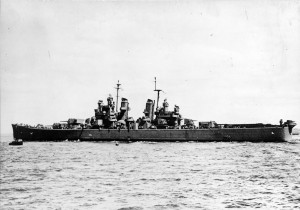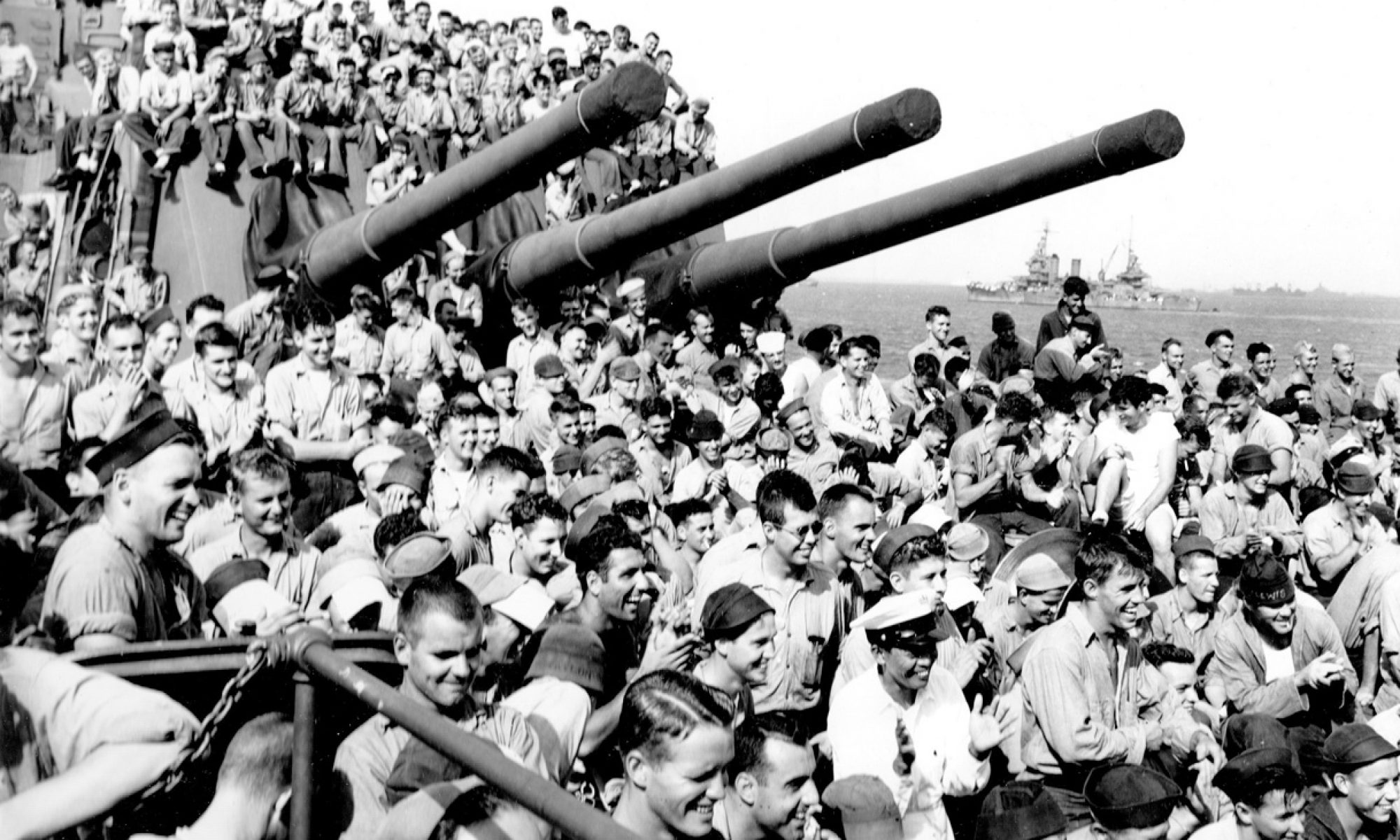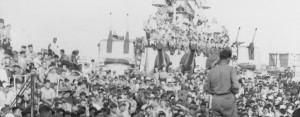
I just returned from the National Archives in College Park Maryland, where I was able to find some really interesting things about the USS Boston. I had three strategic goals, find the rest of the crew members on the Boston that I don’t have, expand the info and picture library, and copy the entire Decklog of the Boston. As usual with trips to NARA, I mostly accomplished everything, but I’ll need to return to get more info. This is absolutely how things go at a place with all the info hidden in boxes and researchers who need to find out more info.
In terms of my goals, here is my report: I found the 20-40 marine names who were assigned to the Boston from Jun of 1943 to February of 1946. I ran out of time to get the last 6 months of marine records before de-commissioning. I have not yet found records of the Aviation group. I was able to photograph the Decklog: it runs about 3500 pages from commissioning in June of 1943 to decommissioning; I’m planning to have two organizations of the decklog, first in month order so it can be read online, and second as a series of files like the Personnel file that can be placed as references to Sailor records. In the decklog I found info that two Admirals, leaders of Cruiser Division 10, were on board from Dec of 1943 to February of 1944. With the Brass also comes the worker bees: over 20 Marines supported the Admiral and 20-50 sailors had permanent places on the Boston during the admirals stay. My daughter Rivka helped photograph and scan pictures; We’ve done a lot of this before, but never so organized! So as usual we got lots of info, but need more! 🙂
As I was reading more of records I was copying, I read one interesting nugget: The USS BOSTON held 730,000 Gallons of fuel oil when fully loaded and used about 38,500 gallons a day! Wow! That’s quite the load of fuel. Success in the Pacific for World War II depended on the US being able to deliver fuel and food to ships operating 1/2 way around the world. This leads me to Ulithi atoll. When the US found this atoll it had people who were very primitive, living in a group of islands with on of the largest natural harbors in the world. The US relocated some of the tribesman off of MogMog island, built a runway, and a rest and relaxation station, and proceeded to build the greatest Floating harbor that’s ever existed. As many as 700 ships, including the USS BOSTON were anchored at Ulithi harbor between battles. Logistically, fuel and supplies were delivered to Ulithi to support the fleet. The exisitance of Ulithi was a secret until after the operations had been moved closer to Japan and by then it was only a memory for sailors and history buffs!

